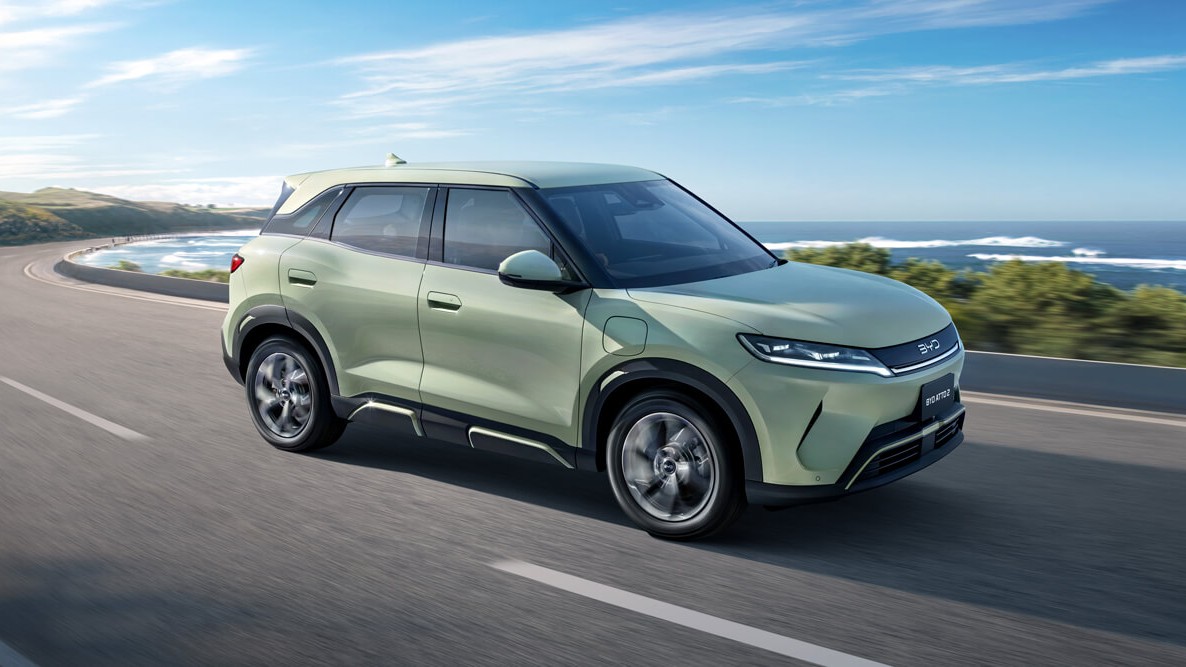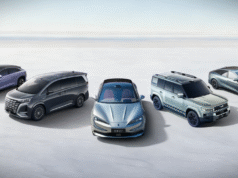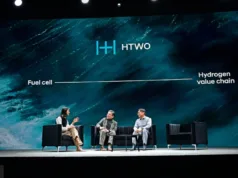
Support CleanTechnica’s work through a Substack subscription or on Stripe.
Yesterday, four of CleanTechnica’s ace reporters gathered in the (virtual) solarium on the roof of its global headquarters to prognosticate about the future of EV sales around the world. During this navel gazing session, we pondered the future of EVs in China (bright), Europe (mixed), and the US (dim). But one place we didn’t consider, while imbibing alcohol-free rum swizzles, was Australia.
Electric cars in Australia have had a mixed reception so far, due in large measure to the vast distances between cities and a relative lack of high speed charging infrastructure. Australia is a curious case in the automotive universe. Despite its access to huge amounts of raw materials and plenty of skilled labor, it has very little domestic manufacturing capacity of its own. In recent years, the majority of new cars sold in Oz were imported. Japan was the largest supplier, but lately the share of cars manufactured in China has grown.
According to the Australian Automobile Association, the market share of hybrid, plug-in hybrid, and battery electric cars exceeded 30 percent for the first time in the third quarter of 2025. Battery electric cars accounted for 9.7 percent of new car sales — 29,298 — which is the highest proportion on record. 49,929 hybrids and 12,460 plug-in hybrids were sold in the third quarter.
210,458 conventional cars with internal combustion engines were sold in the latest quarter, down from 226,306 in the previous quarter. That represents a market share of 69.65 percent, down 12 percent from two years ago.
Aman Gaur, the head of legal, policy, and advocacy at the Australian Electric Vehicle Council, welcomed the growth of EV sales and decline in internal combustion vehicles. “There is a trend that is clear over the last two years that Australians are moving away from environmentally dangerous, expensive to run cars, towards ones that are electrified — and they are saving lots of money,” he told The Guardian.
But there is work to be done yet, he cautioned. While the federal government has incentive programs in place to encourage EV sales and has set fuel efficiency standards for conventional cars, several of the country’s states have done away with their policy supports. The Australian Climate Change Authority has set a goal of reducing emissions by up to 70 percent by 2035. To reach that target, half of all new cars sold in Australia need to be powered by batteries by that date.
Matt Kean, the chair of the CCA, has warned that a proposed road user charge could be a “headwind” to the mass adoption of EVs. Aman Guar said state and territory governments need to do more to support the national effort and urged them to restore EV incentive programs. He singled out the Western Australian government, which in May ended a popular scheme that offered buyers a $3,500 rebate on the purchase of an eligible EV.
“These are upfront vehicle incentives that have to be implemented so that Australians can continue making that leap,” Gaur said. “We can’t have a successful transition with just one level of government doing the heavy lifting.”
BYD Drops New EVs At Bargain Prices In Australia
Incentives are a wonderful thing to help promote new technologies, but they are unnecessary if the products themselves become more affordable. That’s precisely what BYD is doing with its electric car offerings in Australia.
According to The Driven, BYD has announced it is lowering prices on most of the cars it sells in Australia. In the sales game, the three most important words are the price, the price, and the price. People can chatter endlessly about who’s touchscreen is better or which self-parking system is superior, but when it comes down to putting pen to paper on a sales contract, the number at the bottom is often the deciding factor.
The entry level Atto 1 — which is basically a city car — now is priced at less than A$24,000 (US$15,632), which is well below expectations. The premium model, which features a larger battery, is A$4,000 more. The Atto 1 comes in two flavors. The Essentials version is equipped with a 30 kWh a battery and a single electric motor powering the front wheels rated at 65 kW and 175 Nm of torque. 0 to 100 km/h takes a shade over 11 seconds — not exactly sporting territory, but perfectly adequate for keeping up with city traffic. Range is said to be 220 km WLTP.
The Premium version comes with a 43.2 kWh battery and a much more powerful 115 kW motor that cuts 2 seconds off that 0 to 100 km/h time and has a range of 310 km WLTP. The Essentials package includes a built-in 11 kW AC charger and can accept up to 65 kW of DC power, which means replenishing the battery from 30 to 80 percent takes about 25 minutes. The Premium version also has an 11 kW AC charger onboard but can accept up to 85 kW of DC charging power, resulting in a 30 to 80 percent charging time of 22 minutes.
“The Atto 2 SUV starts at an unbelievably low A$31,990 before on-roads. The premium variant is $4,000 more, starting at $35,990,” The Driven said. “The Atto 2 pricing starts close to the entry-level Dolphin hatchback, but given the new model is an SUV, it may quickly become a very popular model all across Australia.
“The Atto 2 SUV comes with a 51.3 kWh Blade battery pack paired with a 130 kW motor. It can deliver up to 345 km on the WLTP cycle, which is fairly good for a small city and suburban SUV. Both cars will be available at BYD dealers in Australia in December.”
So, what are these “on road” costs? US buyers are familiar with the term “tax, title, and registration fees are extra.” Something similar applies to new car purchases in Australia. Each state has its own tax structure, so it is not possible to say specifically how much those fees will add to the price of a new car, but Stephen Corby of CarsGuide has a full explanation for those who are curious. He says the typical range is between A$350 and A$600.
Tesla vs. BYD
There is a seesaw battle going on between BYD and Tesla for market share supremacy in Australia. But these new additions to the the BYD lineup may help it keep that lead on a regular basis. “The Atto 1 and Atto 2 represent the next step in BYD’s vision for accessible, premium electric mobility for Australian drivers,” BYD Australia COO Stephen Collins said in a statement.
“Each model reflects our commitment to combining technology, design, and efficiency, tailored for local drivers and conditions, reflecting BYD’s commitment to making EV ownership attainable for all Australians.” With more affordable EVs coming ashore in Australia, perhaps EV adoption there will see a significant increase next year.
Sign up for CleanTechnica’s Weekly Substack for Zach and Scott’s in-depth analyses and high level summaries, sign up for our daily newsletter, and follow us on Google News!
Have a tip for CleanTechnica? Want to advertise? Want to suggest a guest for our CleanTech Talk podcast? Contact us here.
Sign up for our daily newsletter for 15 new cleantech stories a day. Or sign up for our weekly one on top stories of the week if daily is too frequent.
CleanTechnica uses affiliate links. See our policy here.
CleanTechnica’s Comment Policy









